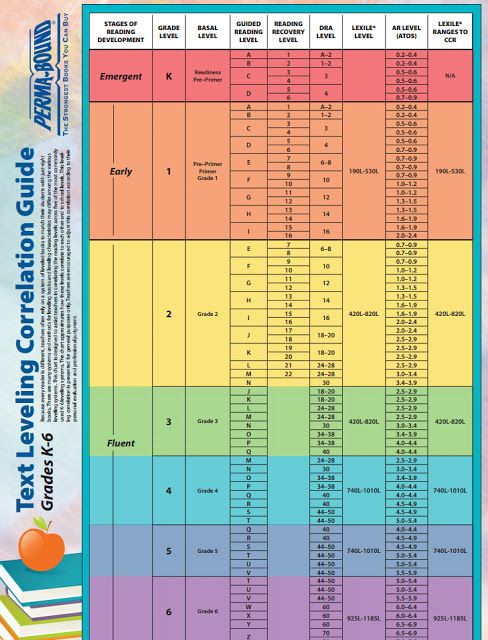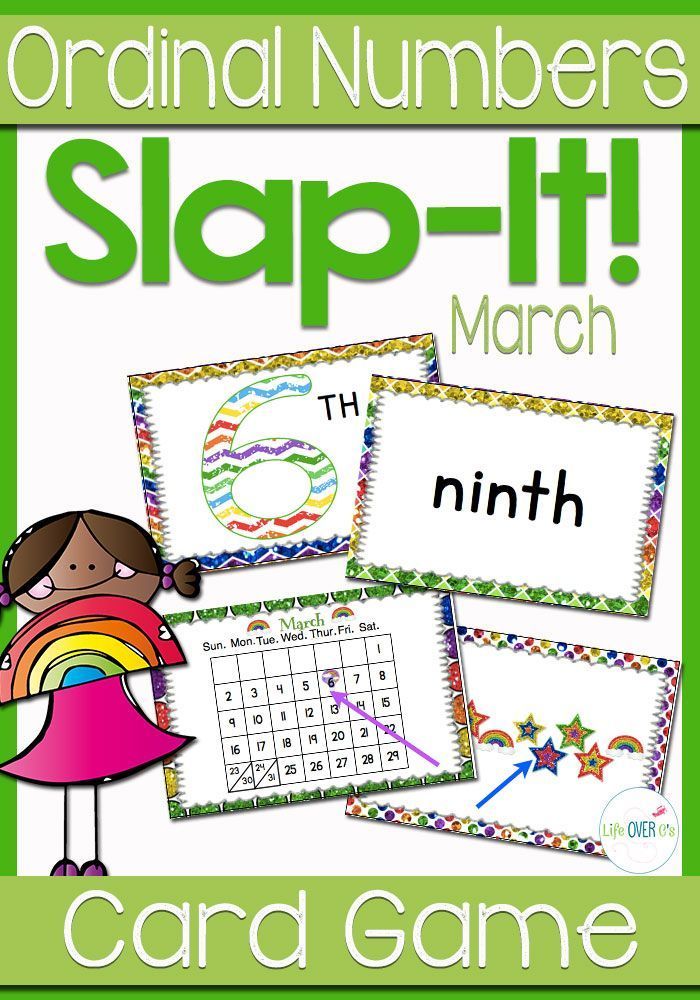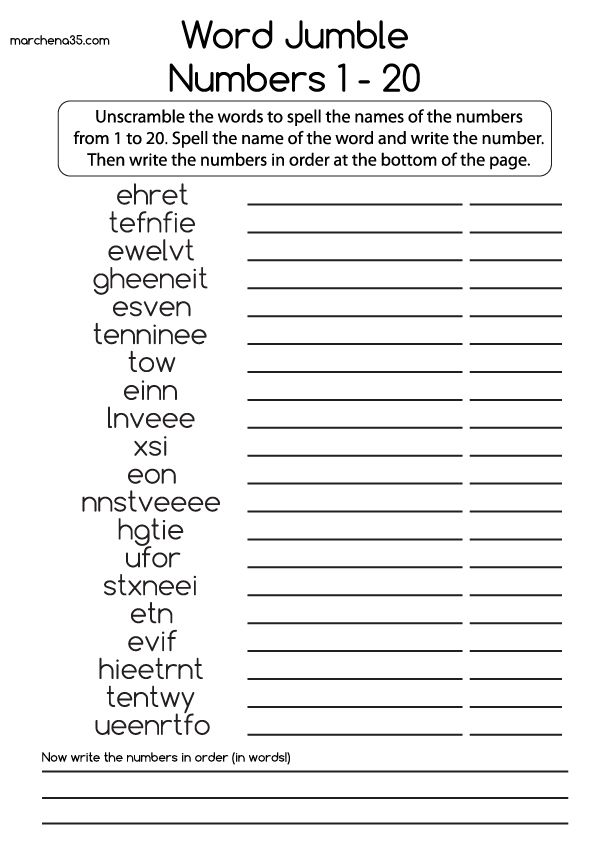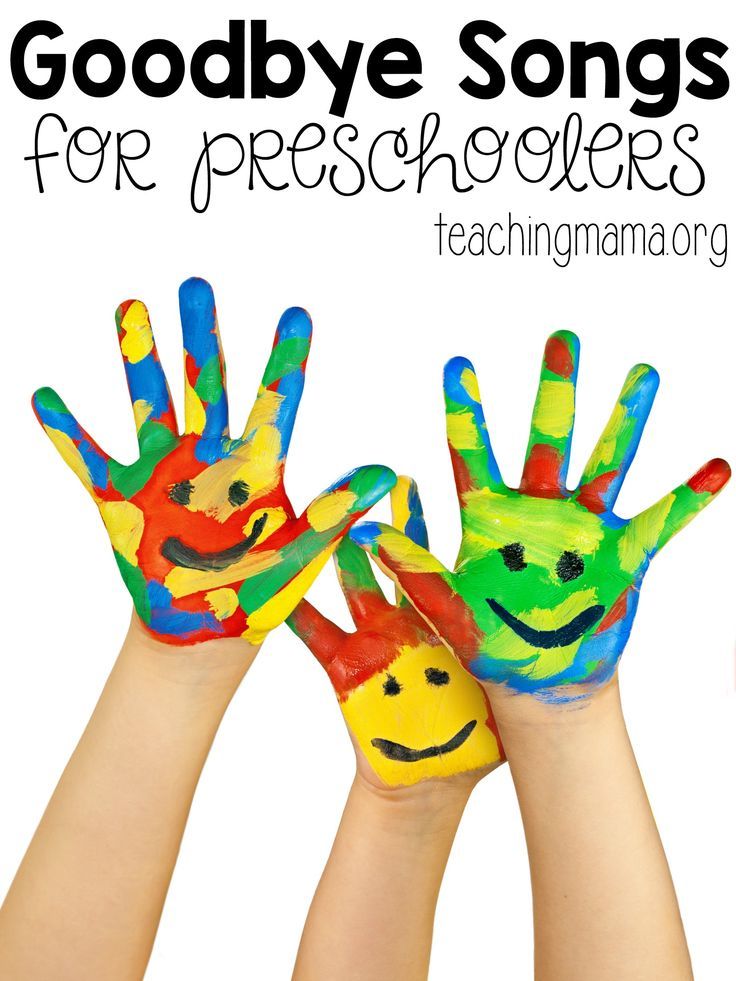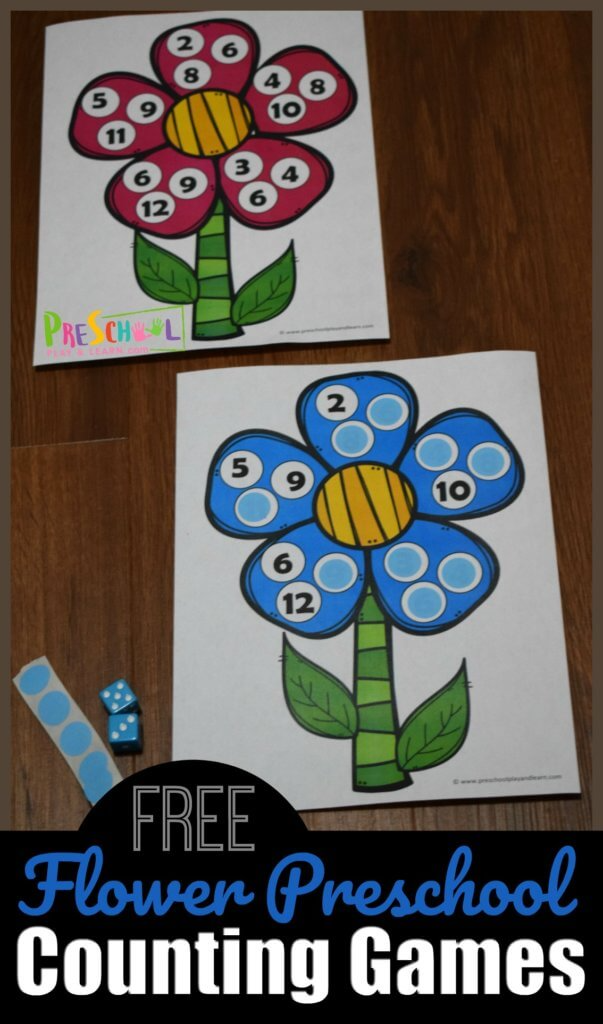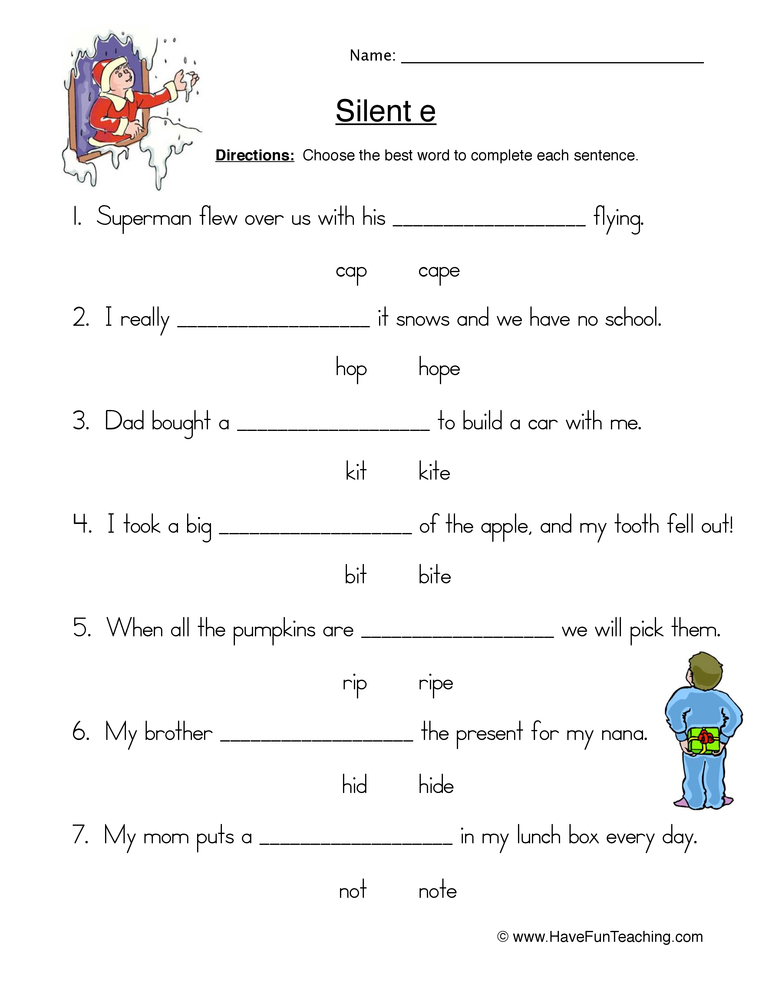Sounding out alphabet letters
Letter Sounds: How to Teach the Alphabet
Leave a Comment
- Share
- Tweet
Learning the alphabet typically occurs in steps, beginning with knowing the letter names. It typically begins with learning the ABC song, followed by identifying upper- and lower-case letters as well as different print styles (“a” and “g”). Lastly, a child must learn that each letter represents a sound.
Letter-Sounds
A child must learn each letter’s most common sound first. The table below contains each letter’s common sound as well as an example. If you click on the image above, you will get a PDF file containing alphabet flashcards.
| Letter | Sounds | Example | Letter | Sounds | Example |
|---|---|---|---|---|---|
| A | /a/ | apple | B | /b/ | book |
| C | /k/ | cat | D | /d/ | dog |
| E | /e/ | egg | F | /f/ | fish |
| G | /g/ | goat | H | /h/ | hat |
| I | /i/ | igloo | J | /j/ | jump |
| K | /k/ | kite | L | /l/ | love |
| M | /m/ | mouse | N | /n/ | nail |
| O | /o/ | octopus | P | /p/ | pig |
| Q | /kw/ | queen | R | /r/ | rabbit |
| S | /s/ | sun | T | /t/ | tiger |
| U | /u/ | up | V | /v/ | van |
| W | /w/ | win | X | /ks/ | fox |
| Y | /y/ | yarn | Z | /z/ | zebra |
Both of my children learned each letters common sound using alphabet flashcards and a DVD – Leap Frog: Letter Factory
. There are many free apps and computer games that also help a child learn the letter sounds.
How to Teach the Alphabet
Educators recommend introducing the “easy” consonants first (high frequency & contrast) and then the short vowels. As noted in the table below, some sounds are more prevalent than others.
| Frequency | Consonant Sounds |
|---|---|
| Very Common (28% – 53%) | R, T, N, L & S -/s/ |
| Common (14% – 27%) | D, C-/k/, M, P & B |
| Less Common (3% – 9%) | F, V, G – /g/, H, J, K & W |
| Rare (Less than 2%) | Z, X-/ks/, Q-/qu/, and Y |
Some educators recommend introducing a few consonants and a short vowel so simple words can be formed. If you introduced the letters a, m, s and t, you could form words, e.g., am, as, at, sat & mat. This approach can form more words than if you introduce the letters in alphabetical order.
When selecting a few consonants, do not group confusing letters together, e.g., b/p, d/q, b/d, p/q, m/w & u/n. The following consonants are considered easy consonants (high frequency/contrast): T, N, R, M, D, S, L, C, P, B, F & V.
Related Articles
- Alphabet Coloring Pages
- Alphabet Activities
- Alphabet Worksheets
- How to Learn the Alphabet
- How to Write Your Name
Sources:
Fry, E.B., Ph.D. & Kress, J.E., Ed.D. (2006). The Reading Teacher’s Book of Lists 5th Edition. San Francisco, CA: Jossey Bass.
Rath, L.K., Ed.D & Kennedy, L. (2004). The Between the Lions Book for Parents. New York, NY: Harper Collins.
Vaugh, S & Linan-Thompson, S (2004). Research-Based Methods of Reading Instruction. Alexandria, VA: ASCD.
Reader Interactions
Learn Pronunciation with Speak Method
The Sounds of the Alphabet: Learn Pronunciation with Speak Method| English Online with Speak Method |
|
| Online Classes | Pronunciation Facts | R, Th, T and other sounds | 500 Words Practice |
| Local Classes | Business Communication | TOEFL Prep | ESL Stories |
| Contact us | Vowel
Sounds |
Grammar and Idioms | For Young People |
With
this alphabet chart, understand how to say
the names of the letters and read about all the sounds of each letter
from the alphabet.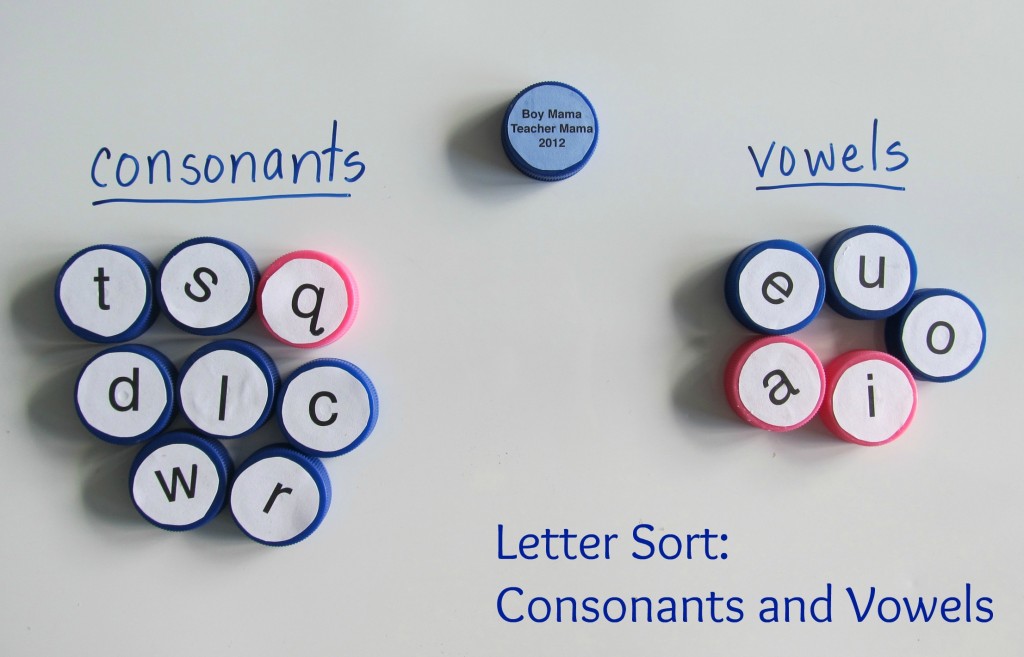 These are the basic phonetic sounds for American English. To learn important sounds using free videos
online, go to Pronunciation in
English: 500 Words.
These are the basic phonetic sounds for American English. To learn important sounds using free videos
online, go to Pronunciation in
English: 500 Words.
|
Letter |
Sound of Letter Name |
All sounds of letter |
Examples |
|
A, a |
ā-ee (long a to long e, also spell "ay") |
, ā, ah, ā-uh, uh |
cat, late, all, and, around |
|
B, b |
Bee |
buh |
bike |
|
C, c |
See |
kuh, suh |
cake, city |
|
D, d |
Dee |
duh |
did |
|
E, e |
Ee |
eh, ee, silent |
bed, free, late |
|
F, f |
Ef |
fuh |
fed |
|
G, g |
Jee |
guh, juh |
glad, large |
|
H, h |
ā-ch |
huh, silent |
hotel, what |
|
I, i |
ah-ee |
ah-ee, ĭ |
light, sit |
|
J, j |
Jay |
juh |
jump |
|
K, k |
Kay |
kuh |
kite |
|
L, l |
El |
luh, ul |
lot, full |
|
M, m |
Em |
muh |
mother |
|
N, n |
En |
nuh |
nest |
|
O, o |
ō (oh) |
ah, ō, uh, oo, ů |
hot, slow, computer, fool, good |
|
P, p |
Pee |
puh |
put |
|
Q, q |
Kyoo (kyū) |
kwuh |
quick |
|
R, r |
Ah-r |
ruh, ur |
race, stir |
|
S, s |
Es |
suh, zuh |
stick, is |
|
T, t |
Tee |
tuh, duh, N, silent, stopped tuh |
table, better, mountain, interview, hot |
|
U, u |
Yoo (yū) |
uh, yoo, oo, ů |
up, use, flute, full |
|
V, v |
Vee |
vuh |
very |
|
W, w |
Dubōyoo |
wuh, silent |
well, slow |
|
X, x |
Eks |
ks, zuh |
box, xylophone |
|
Y, y |
Wah-ee |
yuh, ee, ah-ee (i), ĭ |
yes, happy, try, cylinder |
|
Z, z |
Zee |
zuh |
zebra |
|
|
|
|
|
pronunciation English
pronunciation Learn More Sound American: Change Your Speech The 500 Common English Words What is a Vowel? English Free Online |
Speakmethod.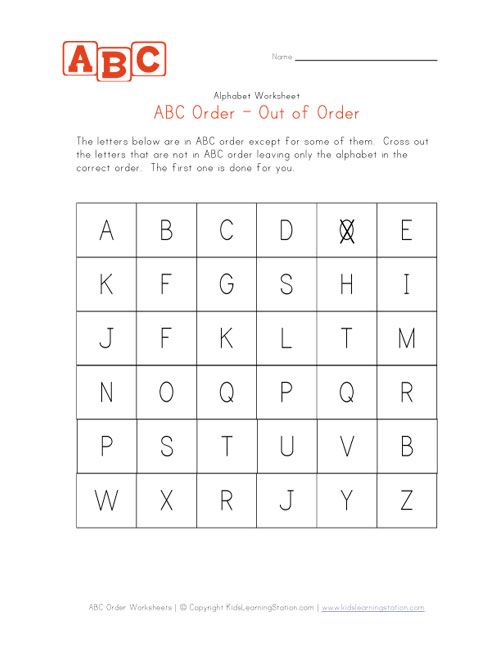 com: English
Pronunciation, Seattle, WA
com: English
Pronunciation, Seattle, WA
English online with Speak Method
letters and sounds in Russian (with audio)
4Mar 03/21/2022What letters and sounds are there in Russian? Which letters represent which sounds? What is the difference between soft and hard consonants? When is a consonant hard and when is it soft? Why do we need soft (b) and hard signs (b)?
Want to find answers to all these questions? Then read on!
Below you will find an interactive Russian alphabet with audio. For each letter [in square brackets], the sounds that it can stand for are indicated, as well as examples of words with this letter.
And here, for sure, two questions will immediately appear to you:
№1 Why do some letters have two sounds?
This is a feature of the Russian language.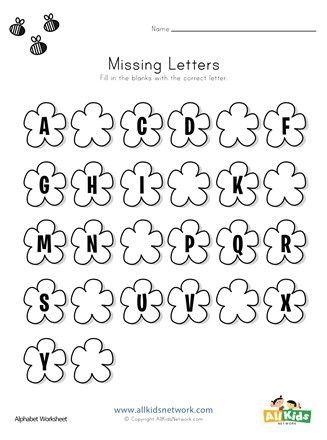 Some letters can represent two different sounds: a hard and a soft consonant. To clearly demonstrate this principle, I specially selected two examples for such letters: one with a hard consonant, and the other with a soft consonant.
Some letters can represent two different sounds: a hard and a soft consonant. To clearly demonstrate this principle, I specially selected two examples for such letters: one with a hard consonant, and the other with a soft consonant.
№2 Why are no sounds shown for 'ь' and 'ъ'?
These are soft and hard marks. By themselves, they do not represent any sounds. They show us how to read the previous consonant: a consonant before a hard sign will be hard, and a consonant before a soft sign will be soft.
Also, sometimes we need to separate a consonant from a vowel, and for this we will write one of these signs between them. This is how we distinguish, for example, the words “seed” [s′ém′ʌ] and “family” [s′im′jʌ́].
Now, when you listen to the audio, pay attention to these pronunciation features.
But how do you know when a consonant is hard and when soft?
Very easy! You need to look at the next letter.
- Before with a firm sign (b) , before other consonants and before the vowels A , O , in , E, Consistent sound - Twiro -firm .
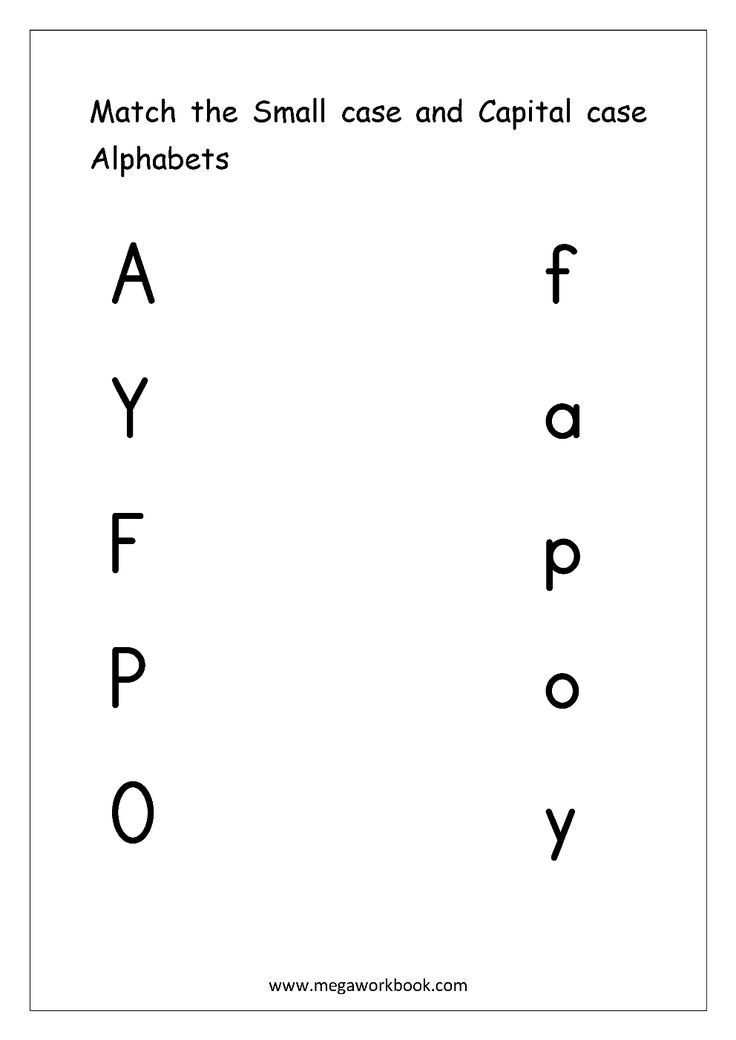
- Before Soft sign (b) and before the vowels I , ё , U E , and Consistent sound -
Now let's see what happens when we add a consonant to them. Take for example the syllable dya :
dya = d+i = d+d+a = d d +a = d′+a
See? This [th]-component makes the consonant soft!
Finally, let's move from theory to practice! Try to read these words. Do you understand them?
Pineapple, vase, banana, guitar, rocket, moon, mom, dad, hello, music, matryoshka, hat, lamp, movie, coffee, tea, lemon, chair, Saturday, dollar, ruble, Italy, America, Spain .
Were you able to read it? Did you understand all the words? (You can test yourself on the audio here).
Online Russian dictionaries: which one to choose? How to practice Russian when there is no one to speak Russian withMore posts
This website uses cookies to improve your experience.
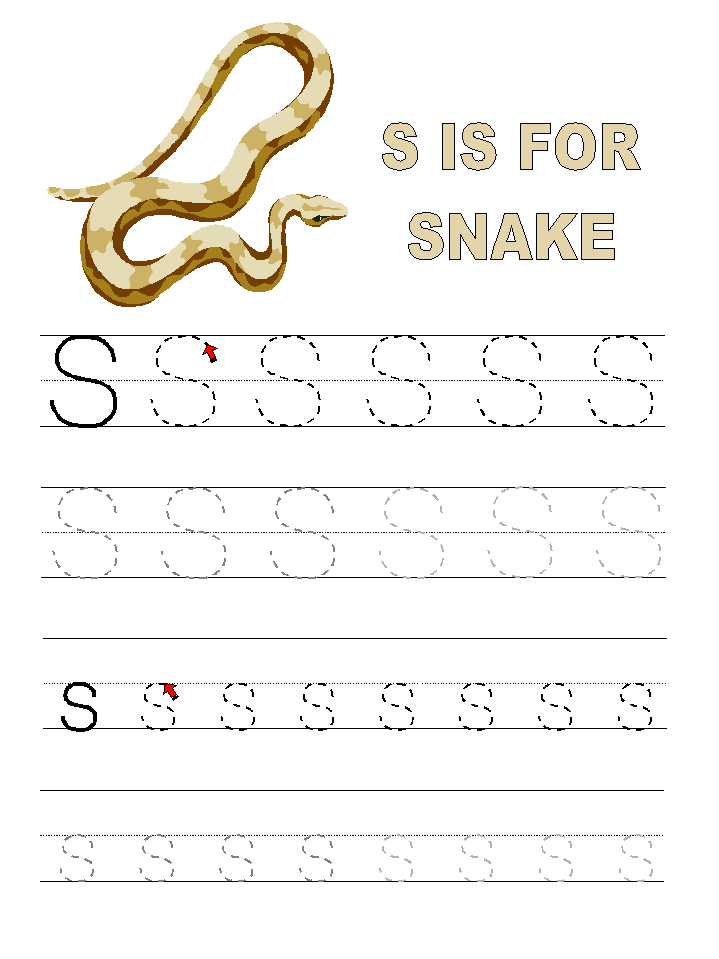 We'll assume you're ok with this, but you can opt-out if you wish.Accept Read More
We'll assume you're ok with this, but you can opt-out if you wish.Accept Read More Russian alphabet in letter order in correct order. What is the alphabet and how did it all begin? Where did the Russian alphabet 9 come from0001
We use letters in writing and sounds in speech. Letters represent the sounds we make. There is no simple and direct correspondence between letters and sounds: there are letters that do not designate sounds, there are cases when a letter means two sounds, and cases when several letters mean one sound. Modern Russian has 33 letters and 42 sounds.
Types
Letters are vowels and consonants. The letters soft sign and hard sign do not form sounds; there are no words in Russian that begin with these letters. The Russian language is “vociferous”, in Russian words there are many vowels (o, e, i, a), voiced consonants (n, l, v, m, p). Noisy, deaf, hissing (w, h, w, u, c, f) are much less. The vowels yu, e, e are also rarely used. In a letter, instead of the letter ё, they often write the letter e without losing the meaning.
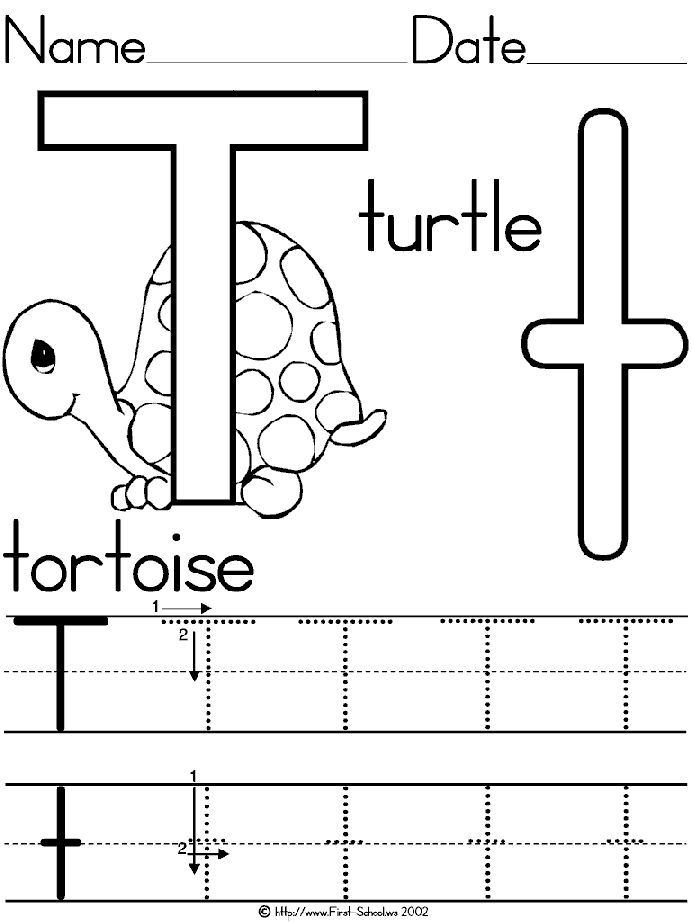
Alphabet
The letters of the Russian language are listed below in alphabetical order. Uppercase and lowercase letters are shown, their names are indicated. Vowels are marked in red, consonants in blue, letters ь, ъ in gray.
A B b in in G g D d Her Her F W h And and th K to L l Mm N n Oh oh P p R p C with T t u u f f x x C c h h W w u u b b s s b b uh uh yu yu I am
The letter L is called "el" or "el", the letter E is sometimes called "E reverse".
Numbering
Numbers of letters of the Russian alphabet in forward and reverse order:
Letter A B B G D E Yo F Z I Y K L M H O P R C T U F X C H W W b S b E Yu I 1 2 3 4 5 6 7 8 9 10 11 12 13 14 15 16 17 18 19 20 21 22 23 24 25 26 27 28 29 30 31 32 33 33 32 31 30 29 28 27 26 25 24 23 22 21 20 19 18 17 16 15 14 13 12 11 10 9 8 7 6 5 4 3 2 1 Real Russian Alphabet.
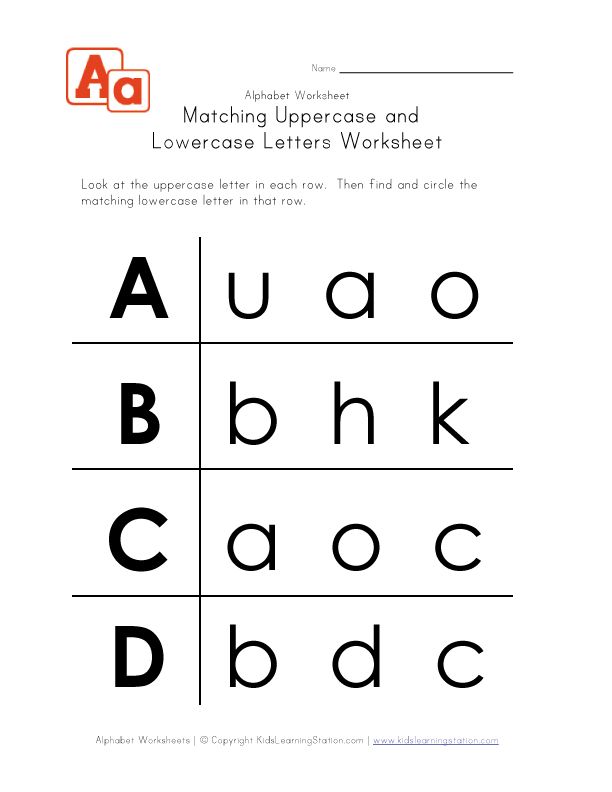
Grigori Ovanesov.
Grigory Tevatrosovich Ovanesov.
A SINGLE LANGUAGE ALPHABET.
No.9__9___t____18___90___g____27__900____j____36___9000___q
_____________________________________________________________________________
No. — Letter number. h.z. - the numeric value of the letter. R. - Russian alphabet.
To indicate the beginning of a sentence, you must use the same letters with an increased size. It also means that the letter h is a soft voicing of the letter Г, which is used in Russian, but is not recorded and is used in dialects (adverbs), especially by shepherds when they drive cows reproducing the sound he (ge). Such a pronunciation of the letter G as h is considered non-literary. In addition, the same letter G as a throaty thin wheezing sound is written as g. Moreover, the letters “e” are voiced as “yyy”, “t” as “tx”, “s” as “tc”, “z” as “dz”, “j” as “j”, r as a solid (English) “ p” and “q” as “kh”. There are no diphtones Ya (ya), Yu (yu), E (ye) and Yo (yo) in the alphabet, since their sounding by separate mono sounds already exists in the alphabet.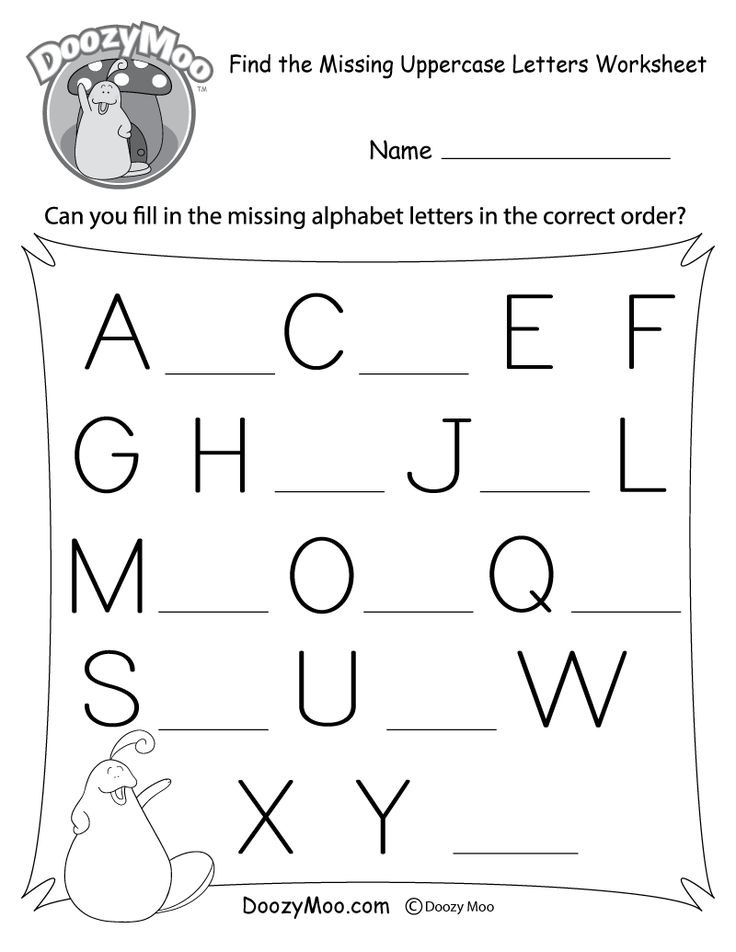 Of course, b and b signs are not letters, since they are not voiced, and cannot be used in the alphabet. In the process of voicing the letters of the alphabet, people actively used a wide range of sounds that animals and birds make, imitating them. Of course, the predecessors of the alphabet in graphic notation are two interconnected alphabets compiled millions of years ago. They were restored by me for the first time in the world, with the same number of letters, which ensured upright posture, the development of grasping movements and the creation of the semantic content of words with the voicing of letters. Moreover, having restored two ancient ABCs, I turned out to be their modern creator. In addition, with the help of the ABC, the concepts of counting and numbers with letter-by-letter notation and designation with the fingers of the hand were introduced, the decimal system of counting units, the concepts of length and time were compiled. Actually, the number of fingers with gaps between them on the hands and feet is four nines, which together make the number 36.
Of course, b and b signs are not letters, since they are not voiced, and cannot be used in the alphabet. In the process of voicing the letters of the alphabet, people actively used a wide range of sounds that animals and birds make, imitating them. Of course, the predecessors of the alphabet in graphic notation are two interconnected alphabets compiled millions of years ago. They were restored by me for the first time in the world, with the same number of letters, which ensured upright posture, the development of grasping movements and the creation of the semantic content of words with the voicing of letters. Moreover, having restored two ancient ABCs, I turned out to be their modern creator. In addition, with the help of the ABC, the concepts of counting and numbers with letter-by-letter notation and designation with the fingers of the hand were introduced, the decimal system of counting units, the concepts of length and time were compiled. Actually, the number of fingers with gaps between them on the hands and feet is four nines, which together make the number 36.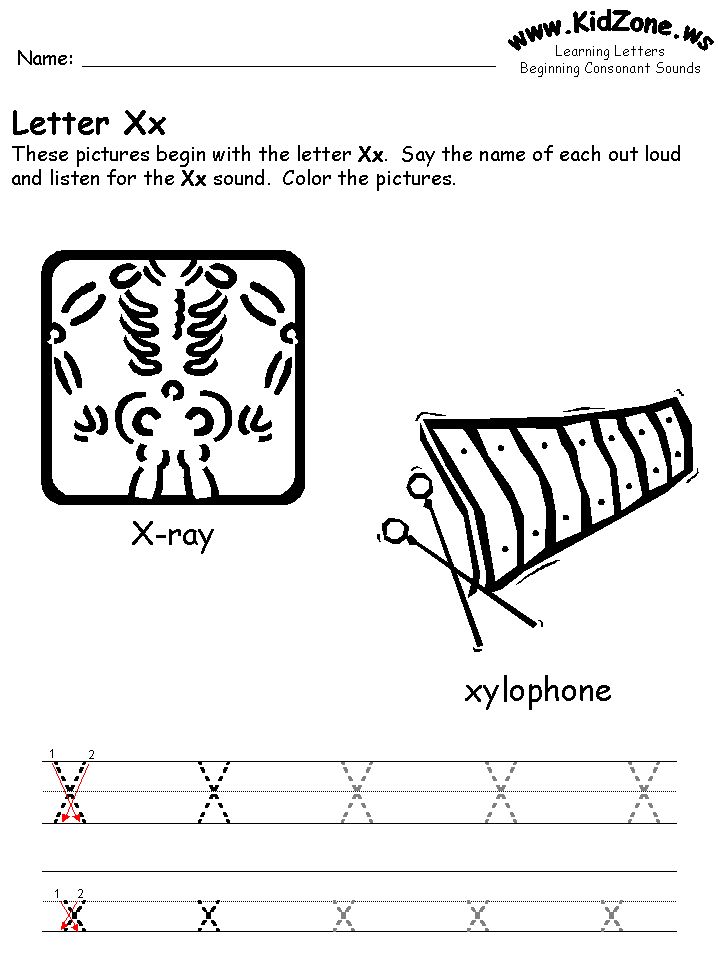
Thus, with the help of the Unified Alphabet, a letter-by-letter way of writing numbers was created. For example, the number 9999 was originally written letter by letter as q j g t or 3446 as vnkhz (see the alphabet above). Actually, it was not easy for me to figure out the mechanism of letter-by-letter recording of numbers and numbers on my own. For this, I used only the alphabet with the numerical values of the letters. In principle, this is a very serious topic, so I singled it out separately.
Moreover, for the first time in the world, I gave a definition to the DIGITAL and NUMBER.
In this case, the Digit is the number in the record voiced by a letter or a word.
So the number is the number written by letter or numbers.
Of course the quantity is HOW MUCH.
It should be borne in mind that the number 0 is voiced by the word “zero, zero”, the number 1 is voiced by the word “one, one”, the number 2 is voiced by the word “two, two”, etc., moreover, in different languages in their own words.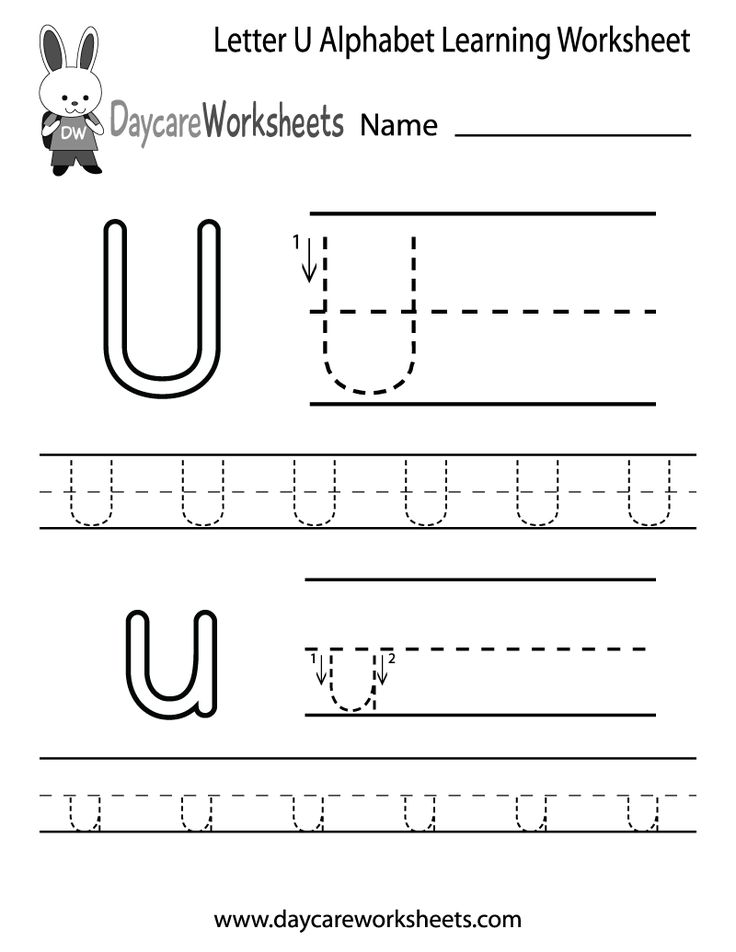
Moreover, the reflection of the Unified alphabet in the form of the positions of the fingers and their grasping movements made it possible to substantiate how all numbers up to the largest from 10,000 and beyond, which are now used for counting, were created.
In the alphabet, the numerical values of the letters determine the order in which the columns (groups) are distributed. In the first nine (first column), the digital record of the numbers of letters and their numerical values are written in the same way. In this case, the numbers of the other three columns of letters are written in two-digit numbers. Moreover, the numerical values in each column include significant numbers from 1 to 9. Moreover, in the second column, one zero is added to each of these numbers, in the third column two zeros and in the fourth column three zeros. There is also a complete correspondence between each digital entry of a two-digit letter number and its numerical value.
It should be borne in mind that Russian-speaking people, due to the lack of a significant number of letters (mono sounds) of the first alphabet in the world, with the help of which the semantic content of words and their voicing were created, have serious problems with the study of other dialects of the common language of the peoples of the world.
The largest number of letters in the Guinness Book of Records is the Khmer alphabet. It has 72 letters. This language is spoken in Cambodia.
However, the largest number of letters contains the Ubykh alphabet - 91 letter. The Ubykh language (the language of one of the Caucasian peoples) is considered one of the champions in terms of sound diversity: according to experts, there are up to 80 consonant phonemes in it.
Under the Soviet regime, serious changes were made to the alphabets of all peoples living on the territory of the USSR: in Russian, in the direction of reducing the number of letters, and in other languages, mainly in the direction of increasing them. After perestroika, the number of letters in the alphabets of many peoples living on the territory of the former Soviet republics decreased.
Modern Russian has 33 letters. According to official sources, before the reform of Cyril and Methodius, there were 43 letters in the Russian language, and according to unofficial sources - 49.
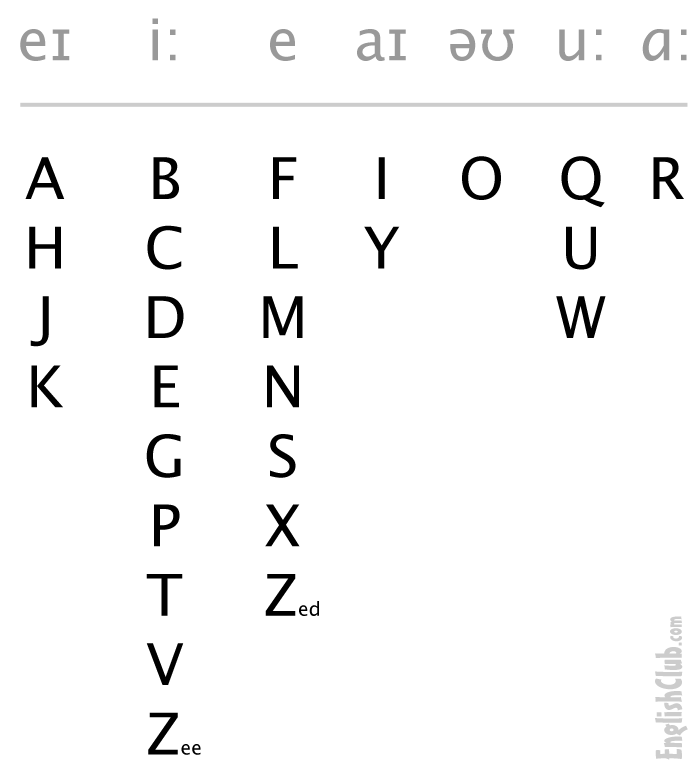
The first 5 letters were thrown out by Cyril and Methodius, because there were no corresponding sounds in the Greek language, and Greek names were given for four. Yaroslav the Wise removed one more letter, leaving 43. Peter I reduced it to 38. Nicholas II to 35. As part of the Lunacharsky reform from the alphabet the letters "yat" were excluded ”, “fita " and "and decimal" (instead of them, E should be used , F , AND ), and the solid sign (Ъ) would also be excluded at the end of words and parts of compound words, but was preserved as a separating sign (rise, adjutant).
In addition, Lunacharsky removed the images from the Initial Letter, leaving only phonemes, i.e. language has become unfigurative = ugly. So instead of the Primer, the Alphabet appeared.
Until 1942, it was officially believed that there were 32 letters in the Russian alphabet, since E and Yo were considered as variants of the same letter.
Ukrainian alphabet includes 33 letters: compared to Russian - Yoё, Ъъ, Yy, Ee are not used, but Ґґ are present , Her , II and Її .
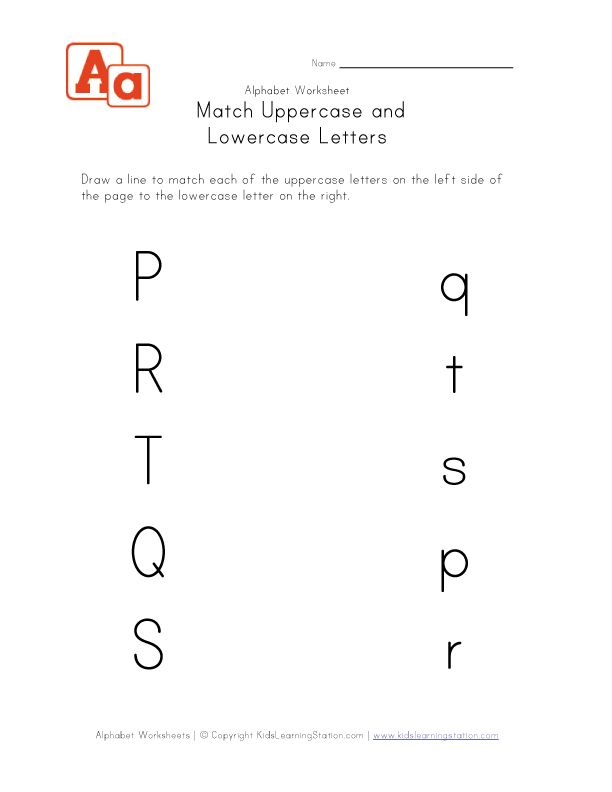
The Belarusian alphabet has 32 letters today . Compared to the Russian alphabet u, u, ъ are not used, but the letters i and ў are added, and digraphs are sometimes considered to have the status of letters j and dz.
The Yakut language uses a Cyrillic-based alphabet , which contains the entire Russian alphabet , plus five additional letters and two combinations. 4 diphthongs are also used.
Kazakh and Bashkir Cyrillic alphabet contains 42 letters.
The current Chechen alphabet contains 49 letters (compiled on the graphic basis of the Russian alphabet in 1938 ). In 1992 The Chechen leadership decided to introduce an alphabet based on the Latin script of 41 letters. This alphabet was used to a limited extent in parallel with the Cyrillic alphabet from 1992 to 2000.
The Armenian alphabet contains 38 letters, but after the reform in 1940, the ligature " և "undeservedly received the status of a letter that does not have a capital letter - thus the number of letters became, as it were," thirty-eight and a half.
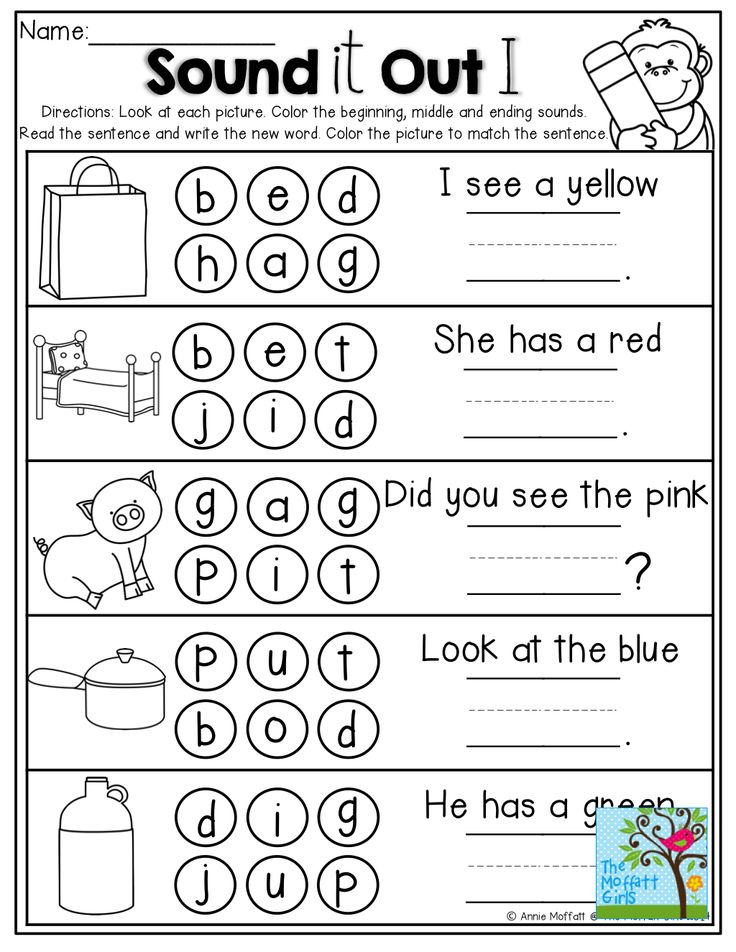 "
" Tatar alphabet after the translation of the Tatar script from the Latinized alphabet in 1939 to the alphabet based on Russian graphics contained 38 letters, and after 1999 the alphabet based on the Latin script of 34 letters is widely used.
Kyrgyz Cyrillic alphabet adopted in 1940 , contains 36 letters .
Modern Mongolian alphabet contains 35 letters and differs from Russian two additional letters: Ө and Y .
In 1940 the Uzbek alphabet, like the alphabets of other peoples of the USSR , was translated into Cyrillic and contained 35 letters. In the 90s of the last century, the Uzbek authorities decided to translate the Uzbek language into the Latin alphabet and the alphabet became 28 letters.
Modern Georgian alphabet consists of 33 letters.
There are 31 letters in the Macedonian and Moldavian Cyrillic alphabet . The Finnish alphabet also consists of 31 letters.
Bulgarian Cyrillic alphabet includes 30 letters - compared to Russian , it lacks the letters Y, E and Y.
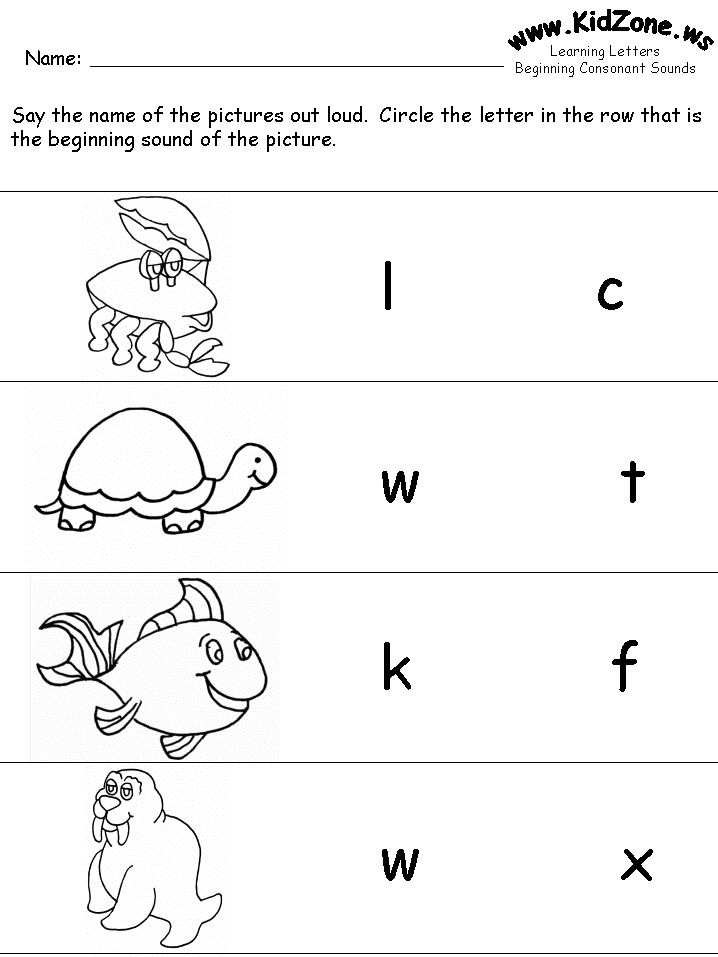
The Tibetan alphabet consists of 30 syllable letters, which are considered consonants. Each of them, composing the initial letter of the syllable and not having another vowel sign, is accompanied by the sound “a” during pronunciation.
Swedish and Norwegian alphabets - 29letters.
The Arabic alphabet contains 28 letters. The Spanish alphabet has 27 letters.
There are 26 letters in the Latin, English, German and French alphabets.
The Italian alphabet "officially" consists of 21 letters, but actually has 26 letters.
The Greek alphabet has 24, the standard Portuguese alphabet has 23 letters.
Hebrew 22 letters, there is no difference between uppercase and lowercase letters.
The smallest number of letters in the alphabet of the Rotokas tribe from the island of Bougainville, Papua New Guinea. There are only eleven of them (a, b, e, g, i, k, o, p, t, u) - of which 6 are consonants.
Taking into account how many letters there are in the language of one of the Papuan tribes, it is interesting that in all alphabets the number of letters gradually changes, usually downwards.
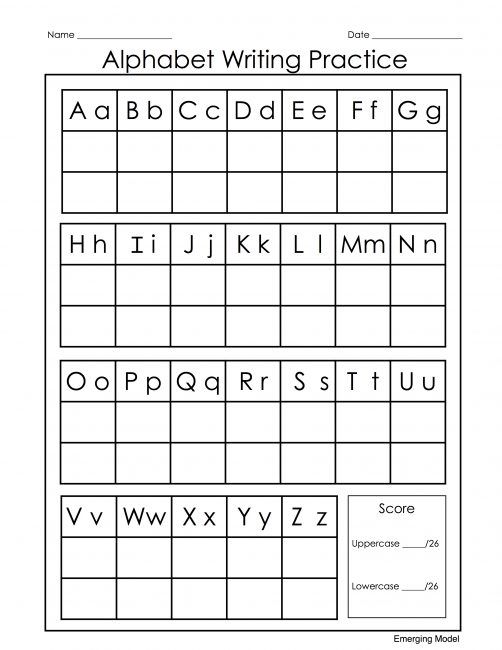
A change in the number of letters in the alphabet in all countries of the world, as a rule, occurs with the advent of a new government so that the younger generation is cut off from the language, literature, culture and traditions of their ancestors, and after a while speaks a completely different language.
Hello dear guys! Greetings, dear adults! You are reading these lines, which means that someone once made sure that we could exchange information with the help of writing.
While drawing rock carvings, trying to tell something, our ancestors many centuries ago could not even think that very soon 33 letters of the Russian alphabet would form words, express our thoughts on paper, help us read books written in Russian and allow us to leave our own footprint in the history of folk culture.
And where did they all come to us from A to Z, who invented the Russian alphabet, and how did the letter come about? The information in this article may be useful for research work in the 2nd or 3rd grade, so welcome to study in detail!
Lesson Plan:
What is the alphabet and how did it all begin?
The word familiar to us from childhood came from Greece, and it is composed of two Greek letters - alpha and beta.

In general, the ancient Greeks left a huge mark on history, and they were not without them here. They put a lot of effort into spreading writing throughout Europe.
However, many scientists are still arguing who would be the first, and in what year it was. It is believed that the Phoenicians were the first to use consonants as early as the 2nd millennium BC, and only then the Greeks borrowed the alphabet from them and added vowels there. This was already in the 8th century BC.
Such Greek writing became the basis of the alphabet for many peoples, including our Slavs. And among the most ancient are the Chinese and Egyptian alphabets, which appeared from the transformation of rock paintings into hieroglyphs and graphic symbols.
But what about our Slavic alphabet? We don't write in Greek today! The thing is that Ancient Rus' sought to strengthen economic and cultural ties with other countries, and for this a letter was needed. Moreover, the first church books began to be brought to the Russian state, since Christianity came from Europe.
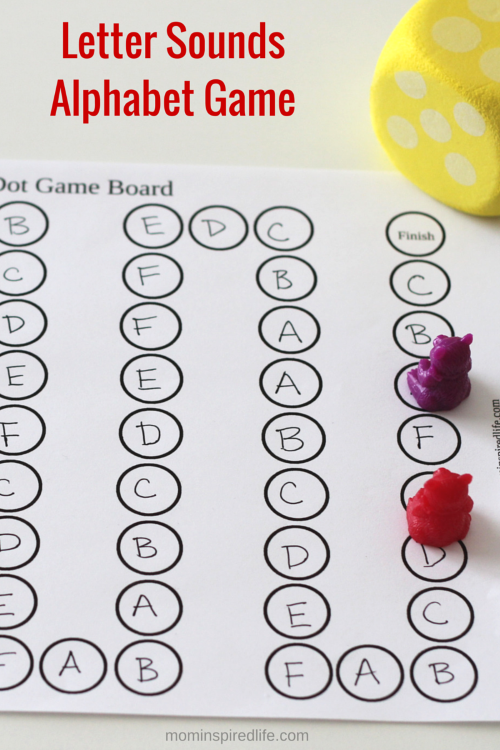
It was necessary to find a way to convey to all Russian Slavs what Orthodoxy is, to create their own alphabet, to translate church works into a readable language. The Cyrillic alphabet became such an alphabet, and it was created by the brothers, popularly referred to as "Thessalonica".
Who are the Thessalonica brothers and why are they famous?
These people are not named like that because they have a surname or a given name.
Two brothers Cyril and Methodius lived in a military family in a large Byzantine province with the capital in the city of Thessalonica, from this name of their small homeland the nickname came.
The population in the city was mixed - half Greeks and half Slavs. Yes, and the parents of the brothers were of different nationalities: the mother is Greek, and the father is from Bulgaria. Therefore, both Cyril and Methodius knew two languages from childhood - Slavic and Greek.
This is interesting! In fact, the names of the brothers at birth were different - Konstantin and Michael, and they were named church Cyril and Methodius later.

Both brothers excelled in their studies. Methodius mastered military techniques and was very fond of reading. Well, Cyril knew as many as 22 languages, was educated at the imperial court and was nicknamed a philosopher for his wisdom.
Therefore, it is not at all surprising that the choice fell on these two brothers when the Moravian prince asked the Byzantine ruler for help in 863 with a request to send wise men who could convey the truth of the Christian faith to the Slavic people and teach them how to write.
And Cyril and Methodius set off on a long journey, moving for 40 months from one place to another, explaining in the Slavic language they knew well from childhood, who Christ is and what is his strength. And for this it was necessary to translate all church books from Greek into Slavonic, which is why the brothers began to develop a new alphabet.
Of course, already in those days, the Slavs in their lives used many Greek letters in counting and writing.
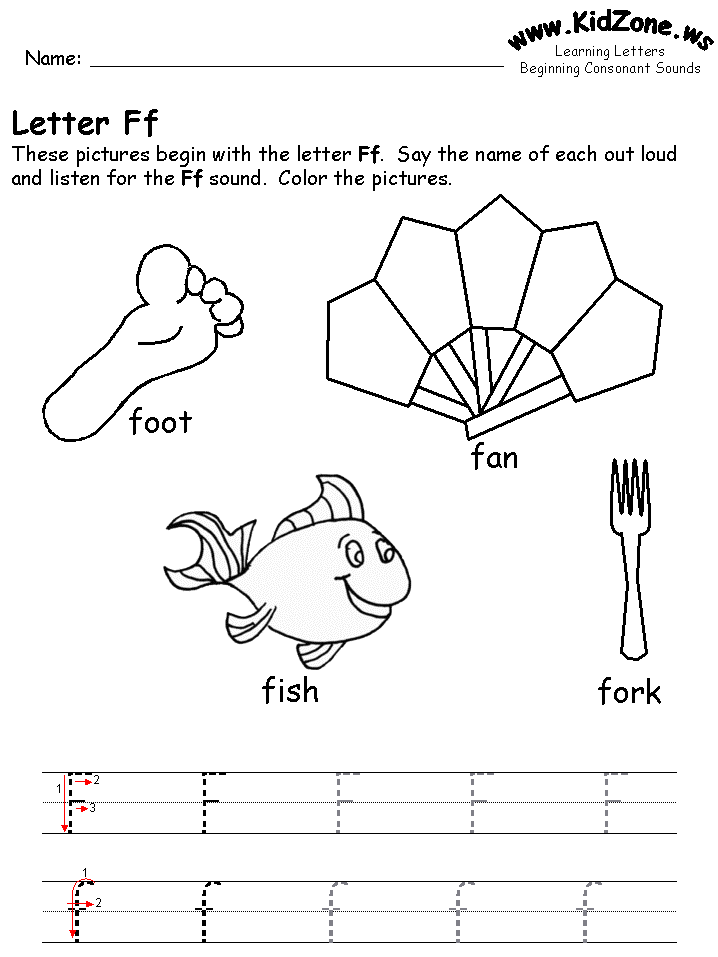 But the knowledge they had had to be streamlined, brought to one system, so that it would be simple and understandable for everyone. And already on May 24, 863, in the Bulgarian capital Pliska, Cyril and Methodius announced the creation of the Slavic alphabet called Cyrillic, which became the progenitor of our modern Russian alphabet.
But the knowledge they had had to be streamlined, brought to one system, so that it would be simple and understandable for everyone. And already on May 24, 863, in the Bulgarian capital Pliska, Cyril and Methodius announced the creation of the Slavic alphabet called Cyrillic, which became the progenitor of our modern Russian alphabet. This is interesting! Historians have discovered the fact that even before the Moravian commission, while in Byzantium, the brothers Cyril and Methodius invented an alphabet for the Slavs based on Greek writing, and it was called Glagolitic. Maybe that's why the Cyrillic alphabet appeared so quickly and simply, since there were already working outlines?
Russian alphabet transformations
The Slavic alphabet created by Cyril and Methodius consisted of 43 letters.
They appeared by adding 19 newly invented characters to the Greek alphabet (and it had 24 letters). After the appearance of the Cyrillic alphabet in Bulgaria, the center of Slavic writing, the first book school appeared, and liturgical books began to be actively translated.
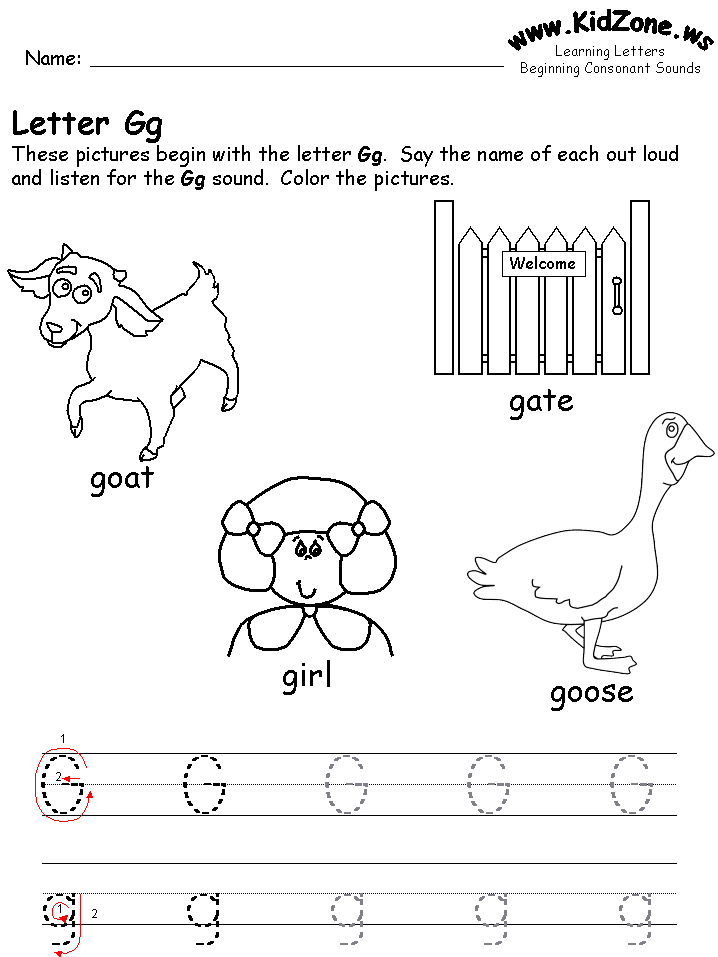
In any old book
"I lived in the world Izhitsa,
And with it the letter Yat"
Gradually, the Old Slavonic alphabet comes to Serbia, and in Ancient Rus' it appears at the end of the 10th century, when the Russian people accept Christianity. It was then that the whole long process of creating and improving the Russian alphabet, which we use today, begins. That's what was interesting.
This is interesting! The godmother of the letter "Yo" was Princess Ekaterina Dashkova, who proposed introducing it into the alphabet in 1783. The idea of the princess was supported by the writer Karmazin, and now, with their light hand, the letter appeared in the alphabet, taking the honorable seventh place.
The fate of "Yo" is not easy:
- in 1904 its use was desirable, but completely optional;
- in 1942, by order of the educational authority, it was recognized as compulsory for the school;
- in 1956 whole paragraphs of the rules of Russian spelling were devoted to her.
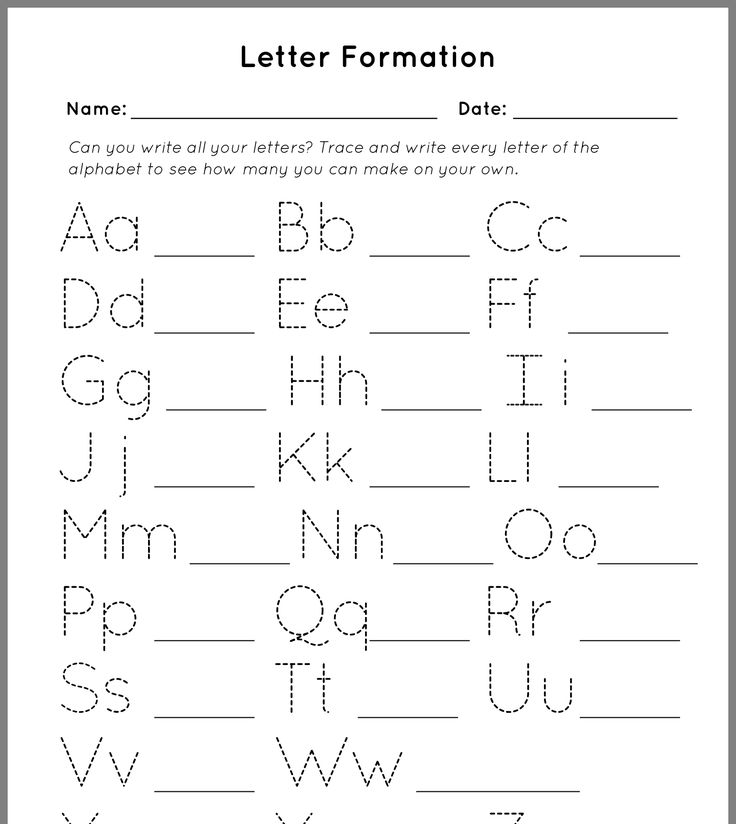
Today, the use of "Yo" is important when you can confuse the meaning of written words, for example here: perfect and perfect, tears and tears, sky and sky.
This is interesting! In 2001, the world's only monument to the letter "Yo" in the form of a low stele was opened in the Ulyanovsk Karamzin Square.
As a result, today we have 33 beauties who teach us to read and write, open up a new world for us, help us to be educated in order to learn our native language and respect our history.
I am sure that you have known all these 33 letters for a long time and never confuse them with their places in the alphabet. Wouldn't you like to try to learn the Old Slavonic alphabet too? Here it is, below in the video)
Well, there are more projects on one interesting topic in your piggy bank. Share the most interesting with classmates, let them also know where the Russian alphabet came from. And I say goodbye to you, until we meet again!
Success in your studies!
Evgenia Klimkovich.
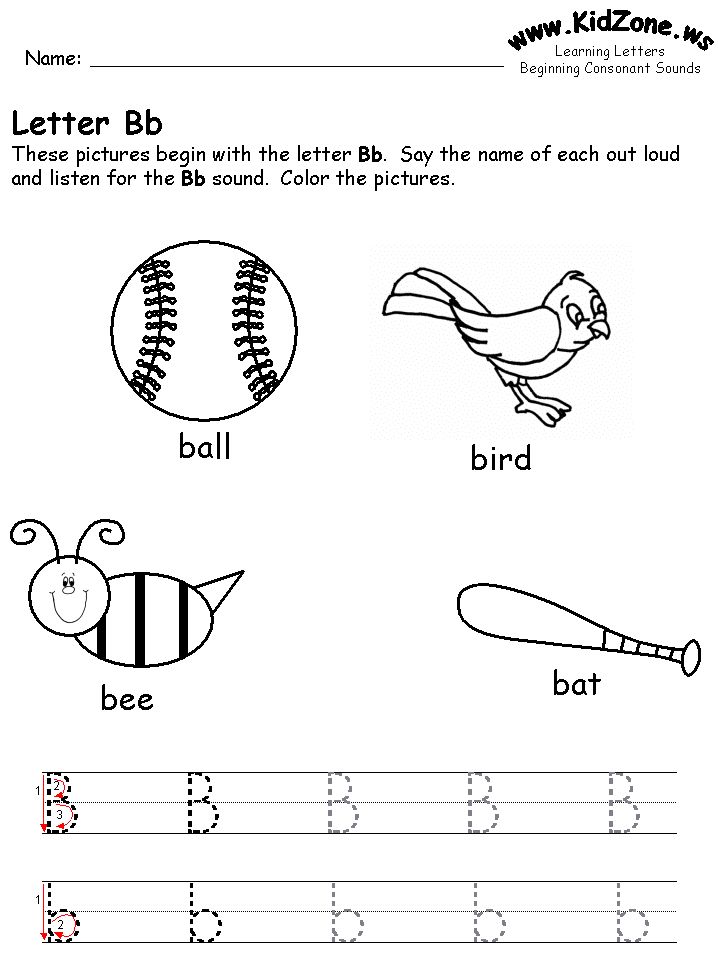
Search in the DPVA engineering handbook. Enter your request:
Additional information from the DPVA Engineering Handbook, namely other subsections of this section:
- English alphabet. English alphabet (26 letters). The English alphabet is numbered (numbered) in both orders. ("Latin alphabet", letters of the Latin alphabet, Latin international alphabet)
- Greek and Latin alphabets. Alpha, beta, gamma, delta, epsilon... Letters of the Greek alphabet. Letters of the Latin alphabet.
- Evolution (development) of the Latin alphabet from Proto-Sinaitic, through Phoenician, Greek and archaic Latin to modern
- German alphabet. German alphabet (26 letters of the Latin alphabet + 3 umlauts + 1 ligature (combination of letters) = 30 characters). The German alphabet is numbered (numbered) in both orders. Letters and signs of the German alphabet.
- You are here now: Russian alphabet. Letters of the Russian alphabet. (33 letters).
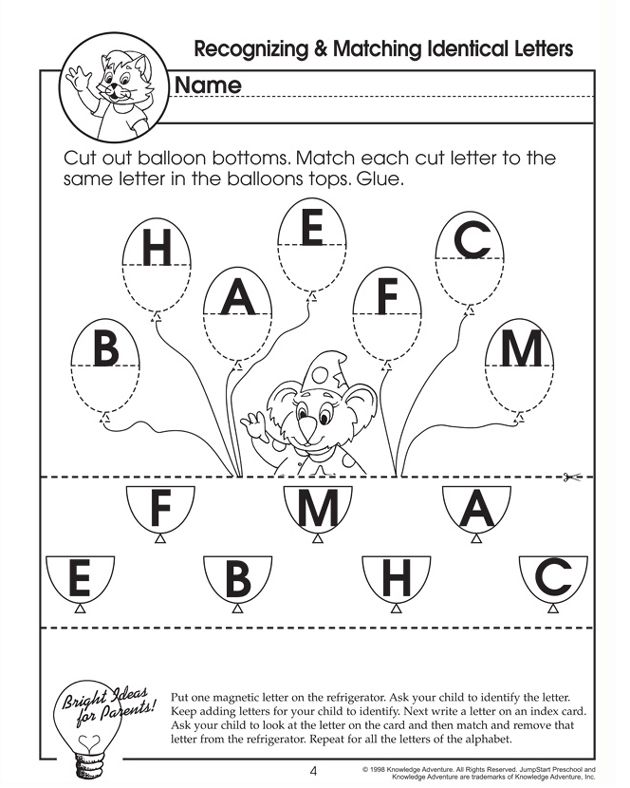 The Russian alphabet is numbered (numbered) in both orders. Russian alphabet in order.
The Russian alphabet is numbered (numbered) in both orders. Russian alphabet in order. - Phonetic English (Latin) alphabet of NATO (NATO) + numbers, aka ICAO, ITU, IMO, FAA, ATIS, aviation, meteorological. It is also the international radiotelephone alphabet + outdated options. Alpha, Bravo, Charlie, Delta, Echo, Foxtrot, Golf ...
- Phonetic Russian alphabet. Anna, Boris, Vasily, Grigory, Dmitry, Elena, Elena, Zhenya, Zinaida ....
- Russian alphabet. The frequency of the letters of the Russian language (according to NKRY). Frequency of the Russian alphabet - how often a given letter occurs in an array of random Russian text.
- Sounds and letters of the Russian language. Vowels: 6 sounds - 10 letters. Consonants: 36 sounds - 21 letters. Deaf, voiced, soft, hard, paired. 2 signs.
- English transcription for English teachers. Enlarge to the desired size and print the cards.
- Table of scientific, mathematical, physical symbols and abbreviations.
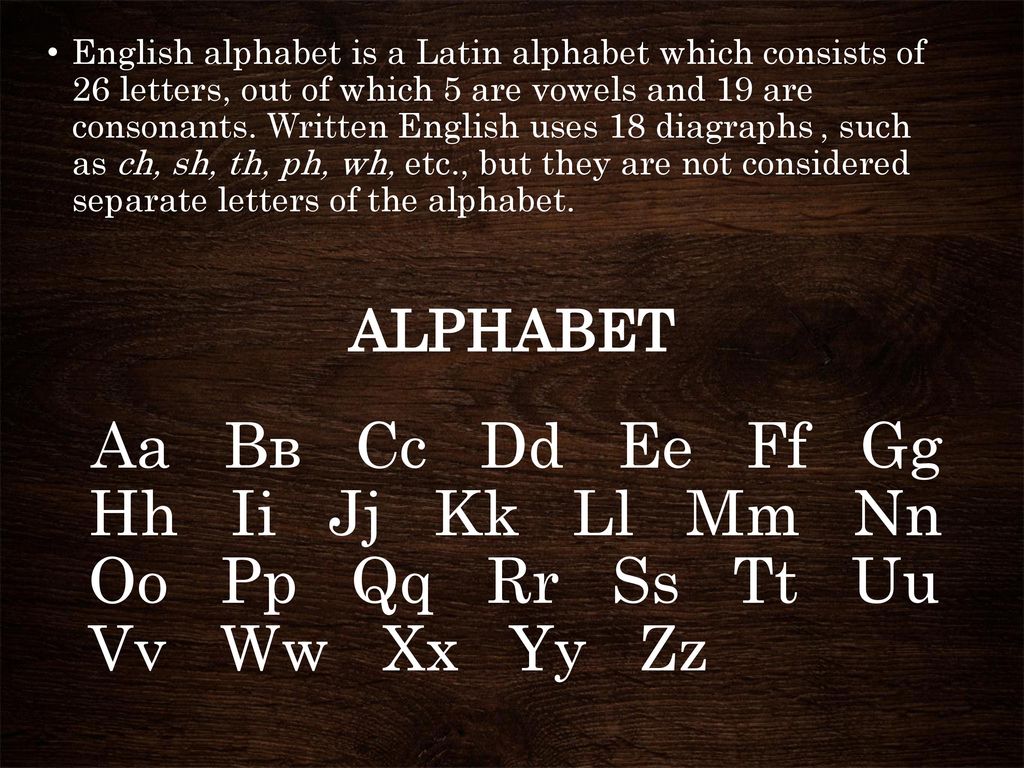
Learn more

